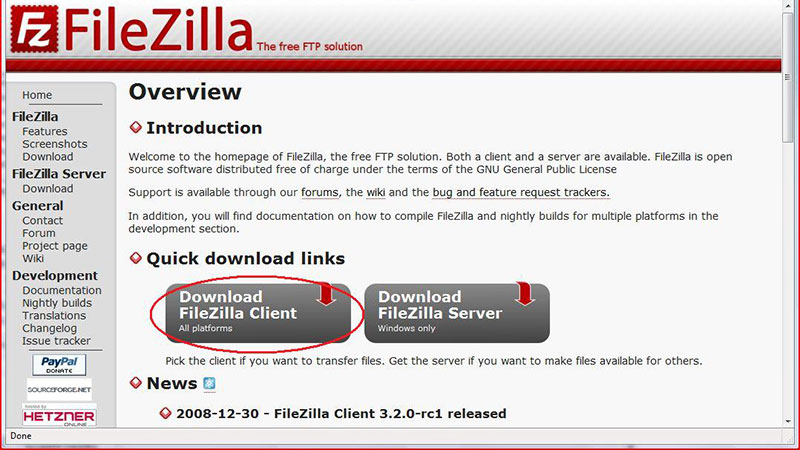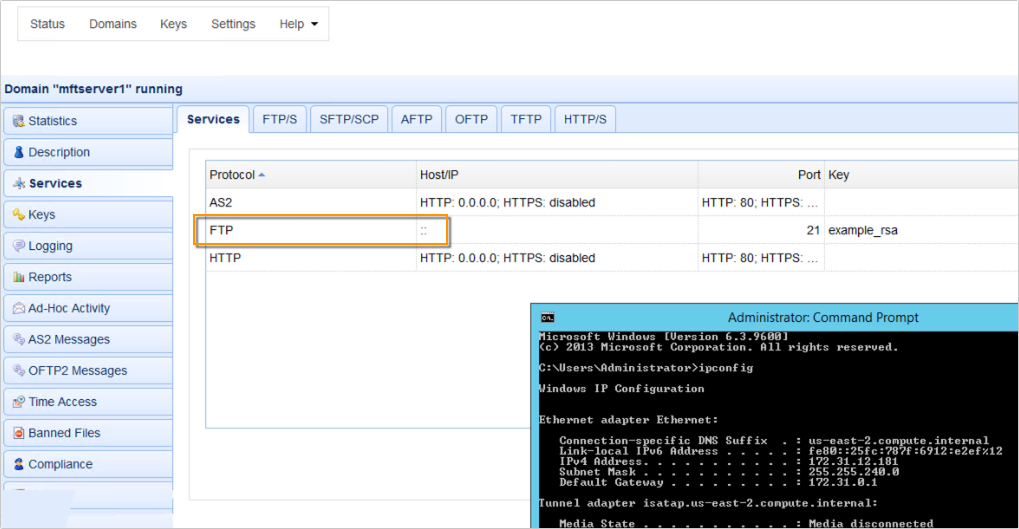
This is especially convenient if you have multiple files because you can put them in a folder and then compress them all at once.ħ-Zip is suitable for Windows, Mac, and Linux, and can compress files into regular ZIP format, and it's slightly more efficient than 7ZIP. One of the easiest ways to solve the problem of sending large files is to use file compression software, such as the cross-platform program 7-Zip. In addition, Raysync offers a free trial opportunity. But the advantages are clear: Raysync is faster, more secure and more efficient than other transfer methods. Raysync is one of them and specializes in transferring large files via the cloud. The new generation of file transfer service is browser-based and has built-in proprietary technology to accelerate the upload of large files. Using a VPN as our first choice ExpressVPN means that your ISP cannot determine the type of file you are uploading, so in theory, traffic shaping cannot be applied to your account. Some Internet service providers use broadband traffic management to regulate upload bandwidth. What is the relationship between VPN and sharing large files? We highlight the 12 best files transfer methods, most of which are free. If you need to send large files online, there are many good ways to avoid trouble.

Not to mention the fact that large files lurking in the "Sent" folder will quickly take up your storage space quota! For example, Gmail only allows you to attach files up to 25MB to emails. Click on the separate index.html file and upload this too, so that it sits outside the site folder.ĭon't know why you have Microsoft? iWeb sites work better with a Linux server and Windows hosting can cause problems, so you should probably consider changing.If you just recorded a home video or created the final hybrid tape, then you will undoubtedly be eager to share it with your friends and family.ĭepending on the size and number of files you need to send, this may be a problem.

Select the folder and click on upload and it will be uploaded to your server. In Cyberduck, there is an Action button to the right side with a drop down menu - click on this and then click on Upload and you can then find the published files of your website that you published from iWeb to your desktop. You should then be able to see everything on your server. Click on this and then enter all your server details - ftp name, username and password and then click on connect and you will be connected to your host/server if these details are correct. Open Cyberduck and on the left hand side there is a link that says 'Open Connection'. If you use Cyberduck, it will show you what is on your server as well as your desktop.

Firstly, you don't upload your website content into Cyberduck - the whole point of Cyberduck is that you use it to upload your content to your server and not Cyberduck itself.


 0 kommentar(er)
0 kommentar(er)
